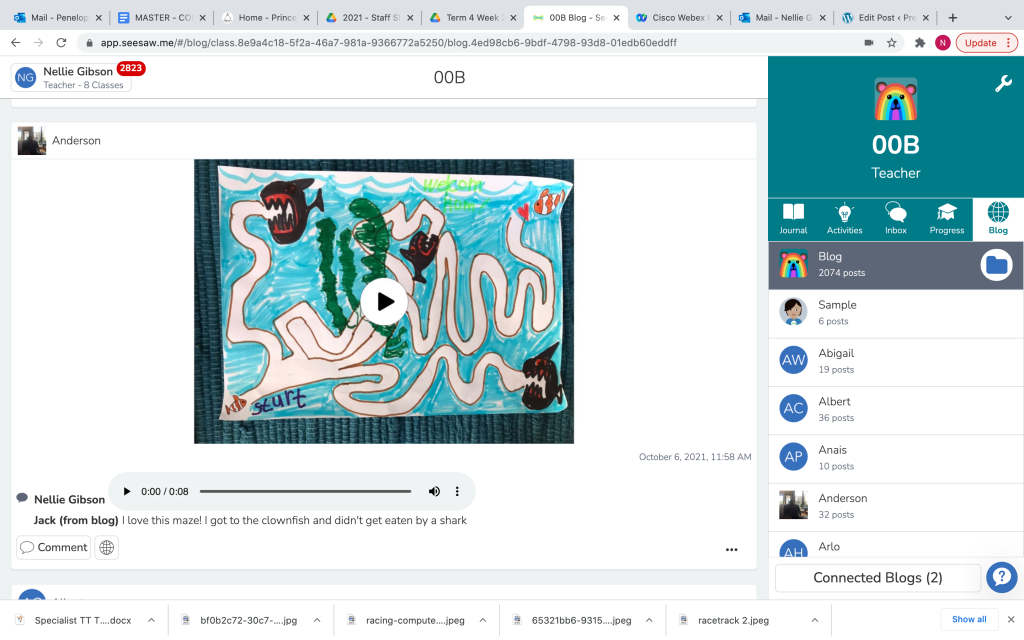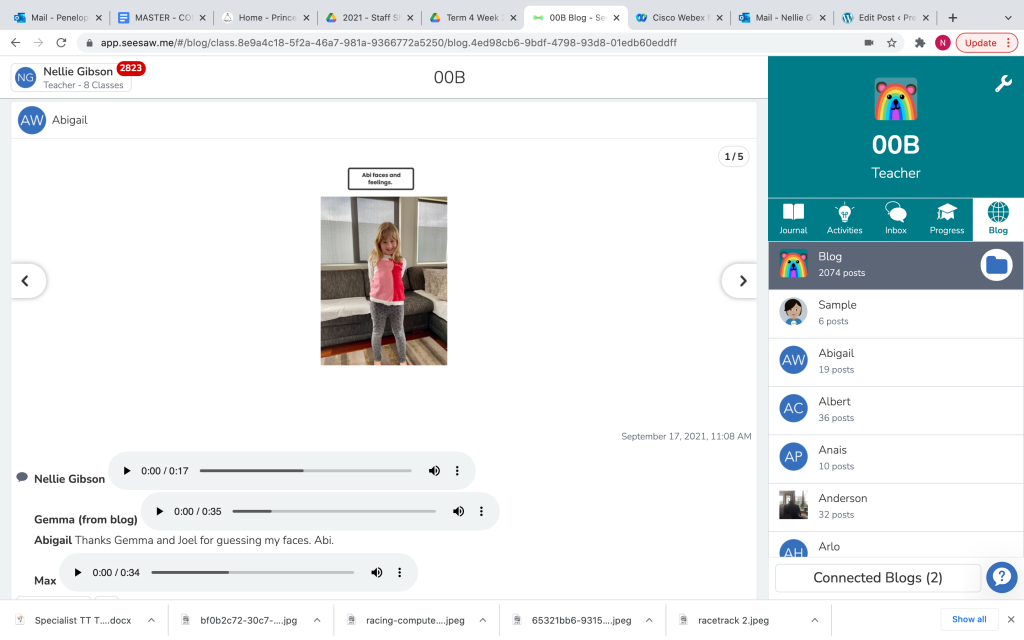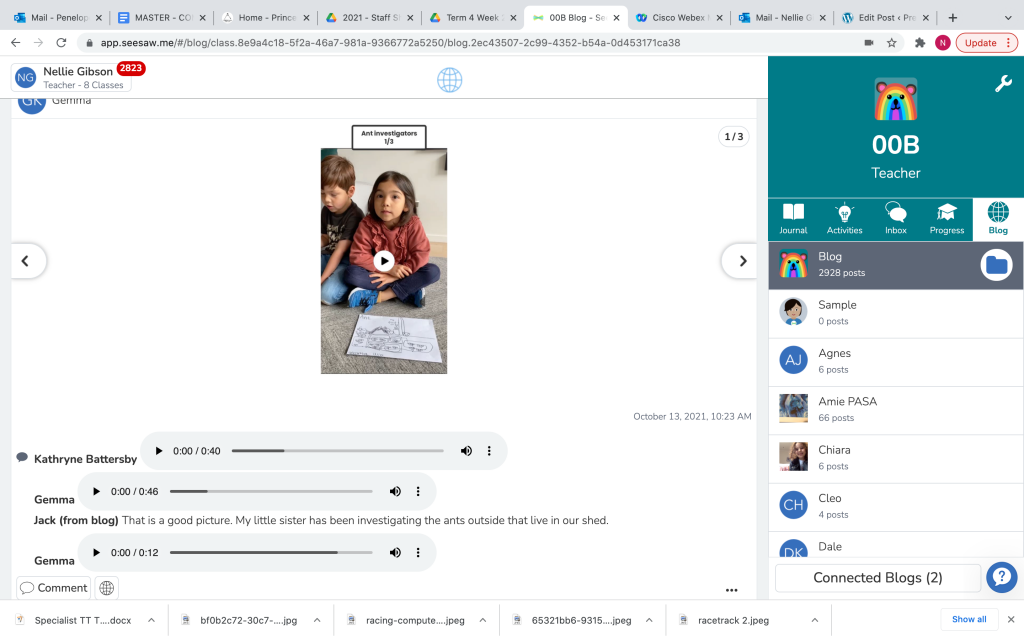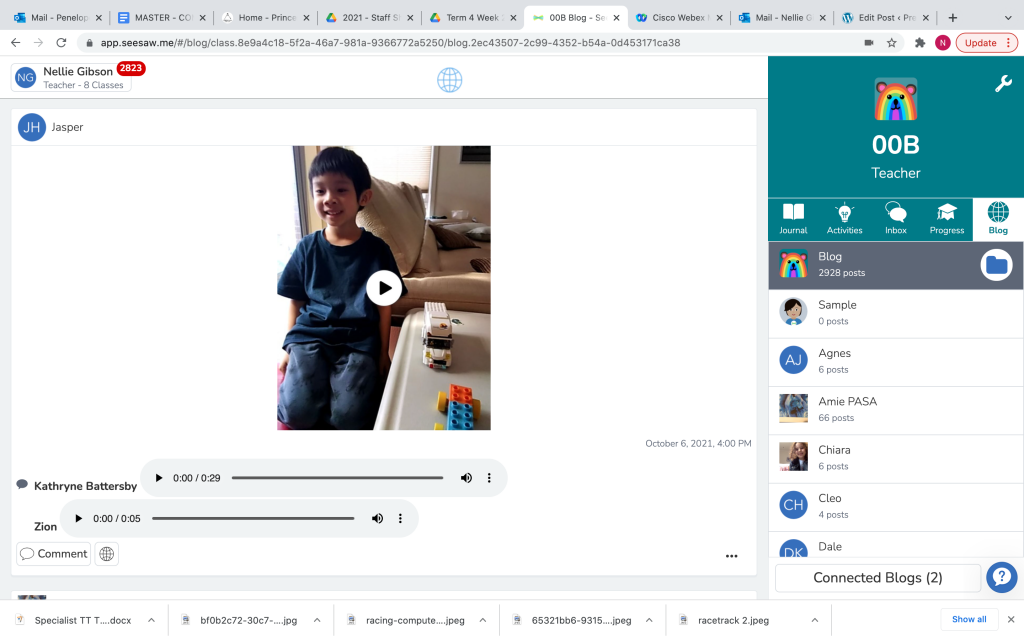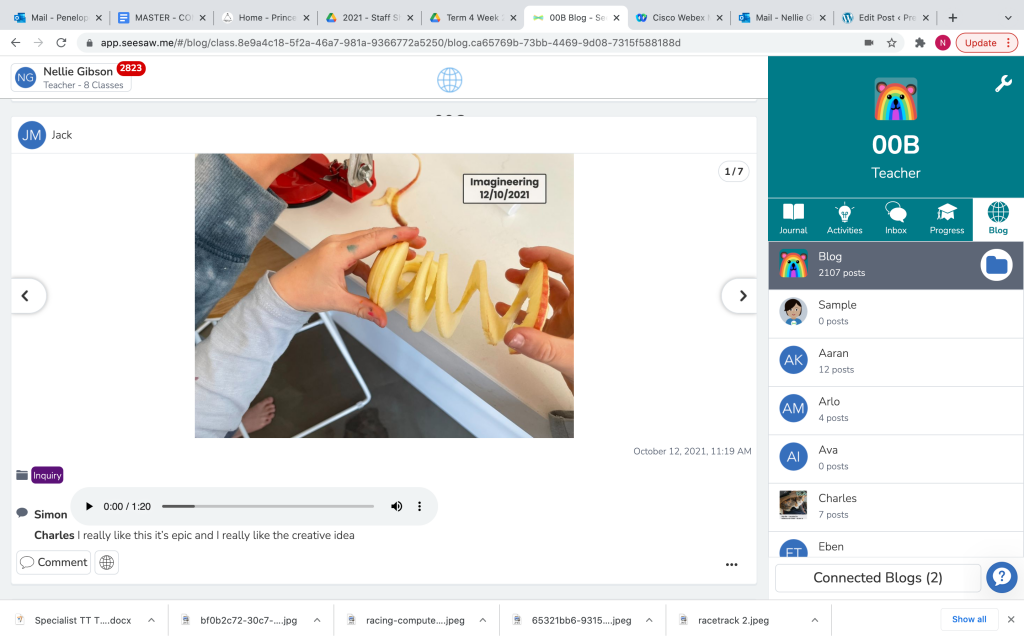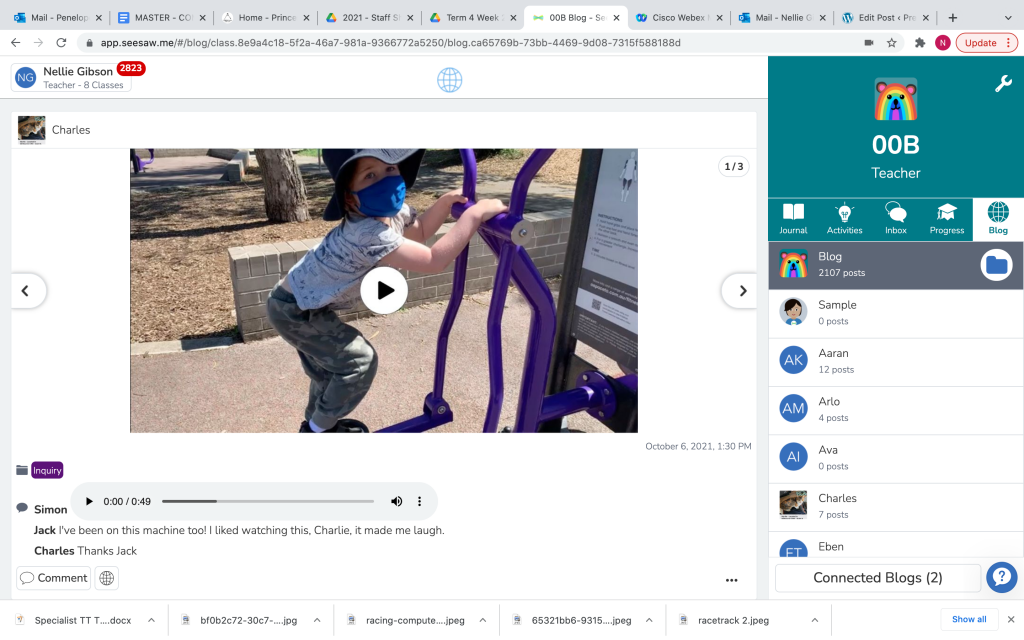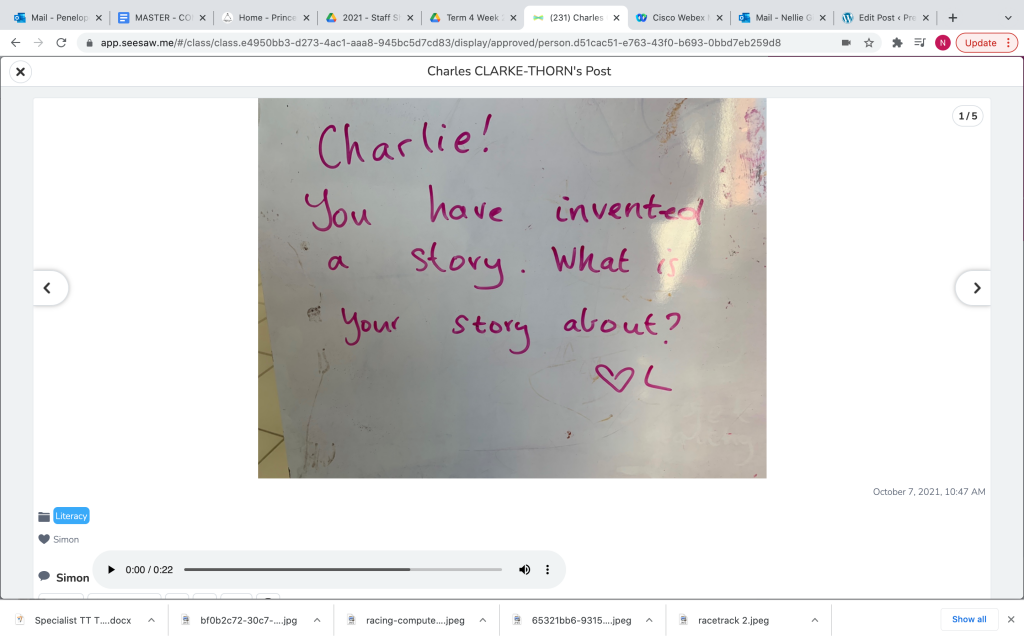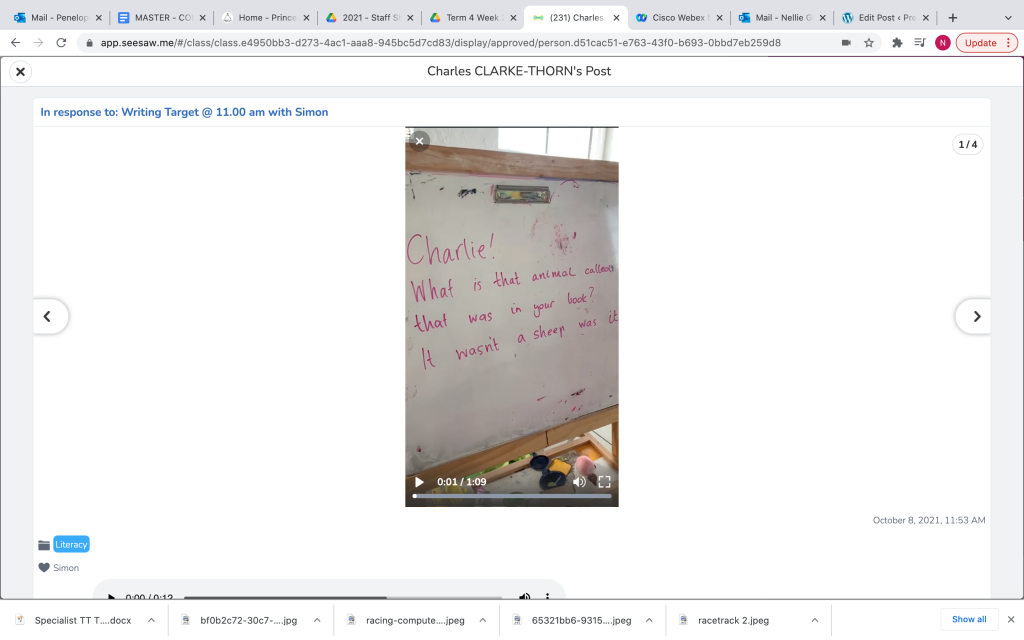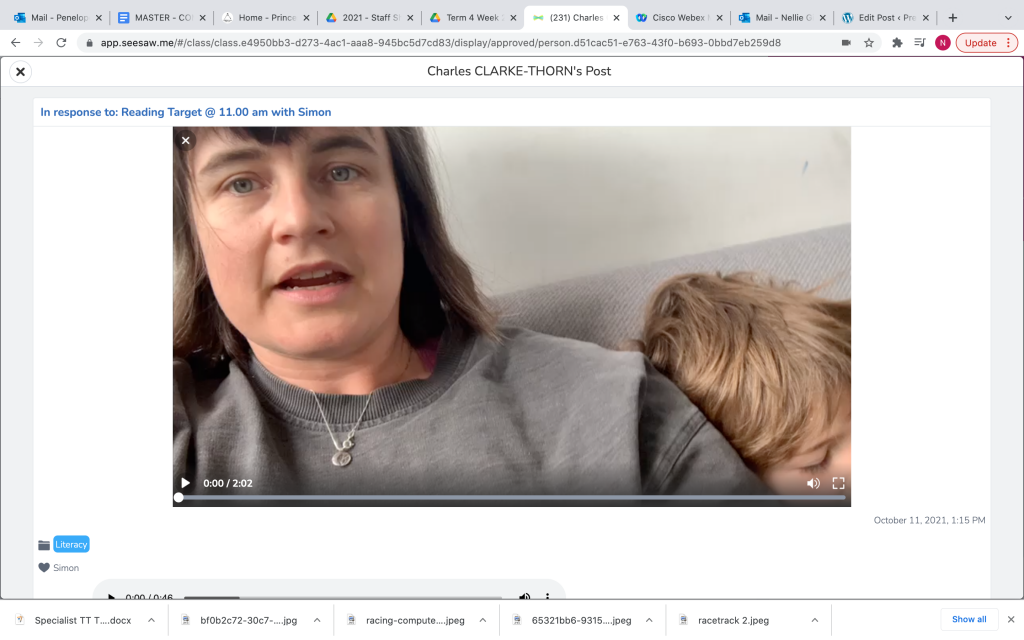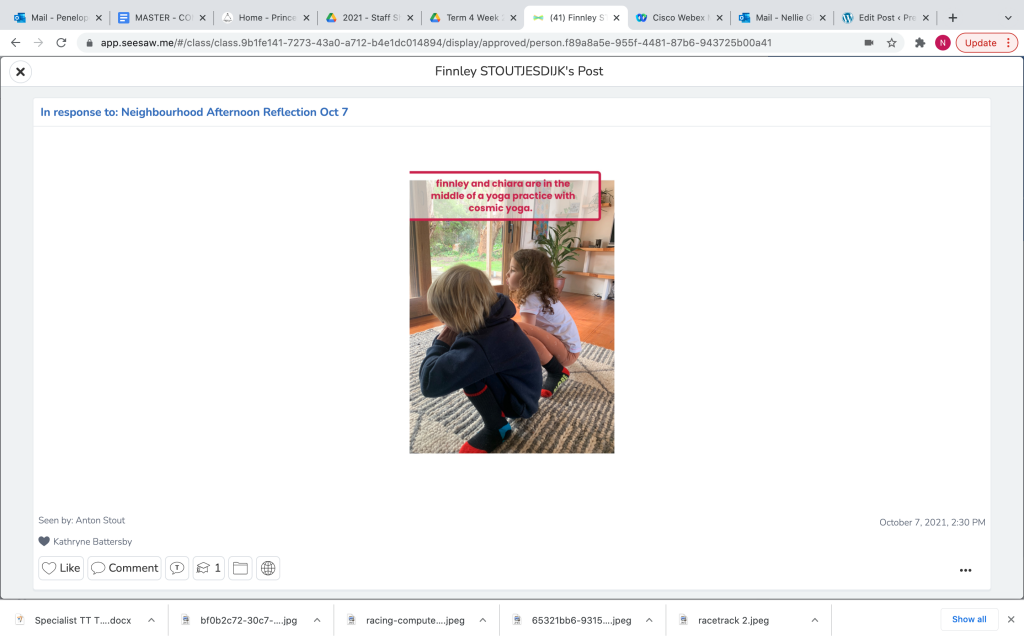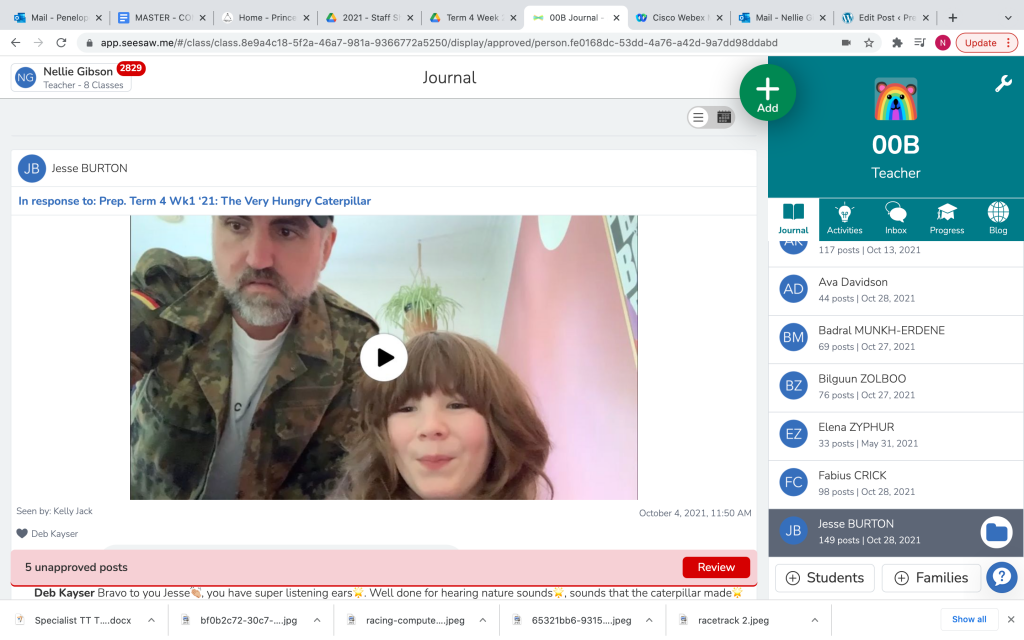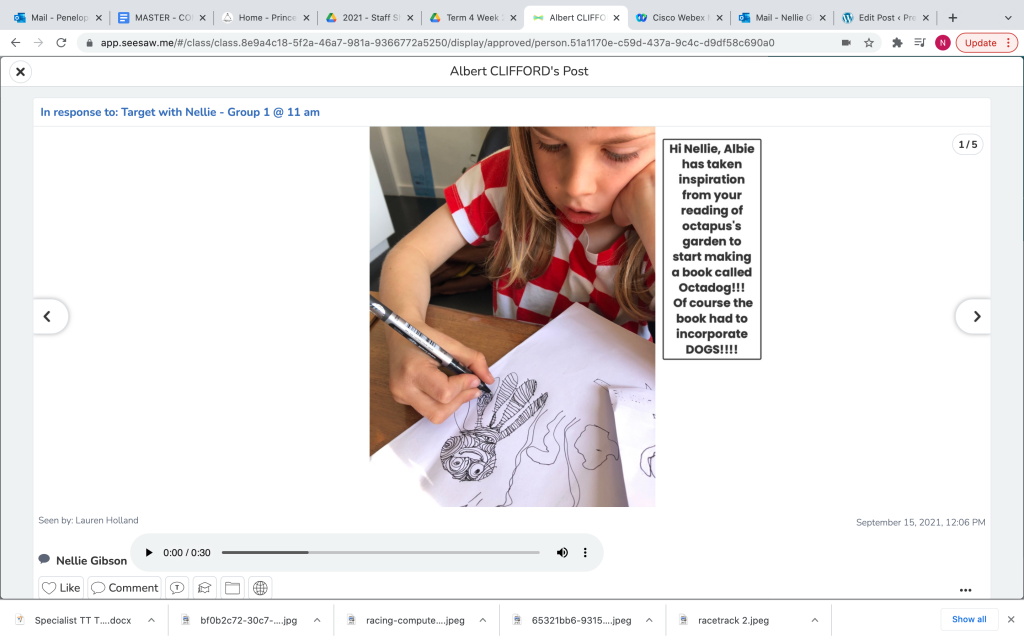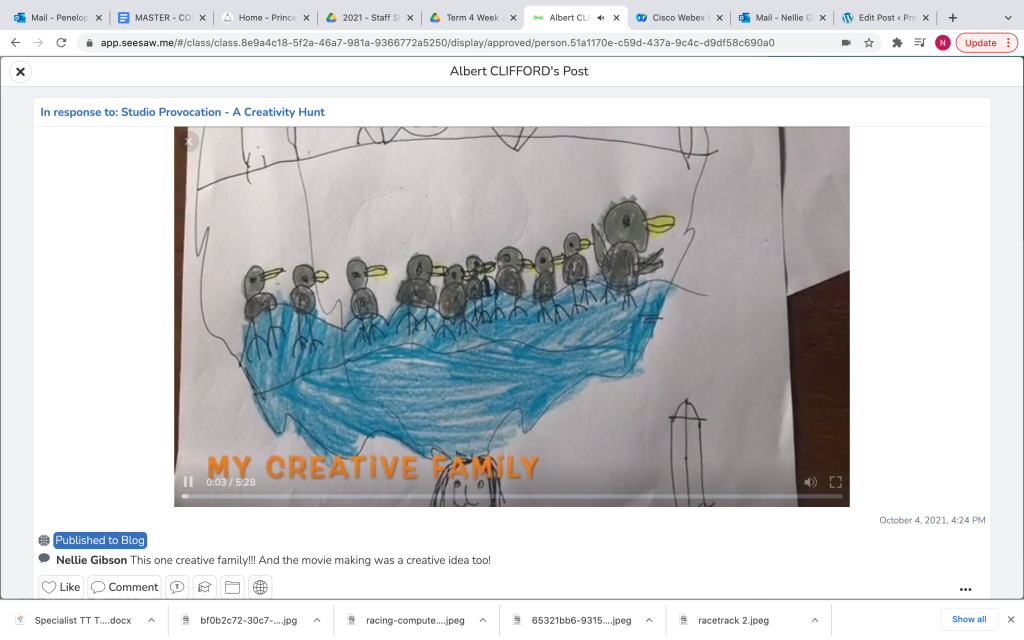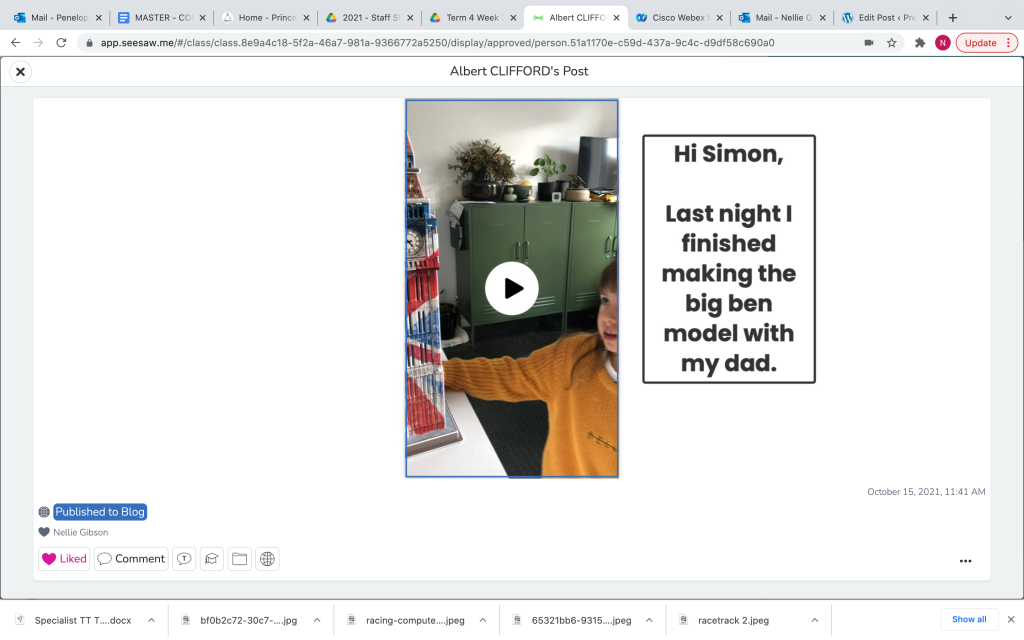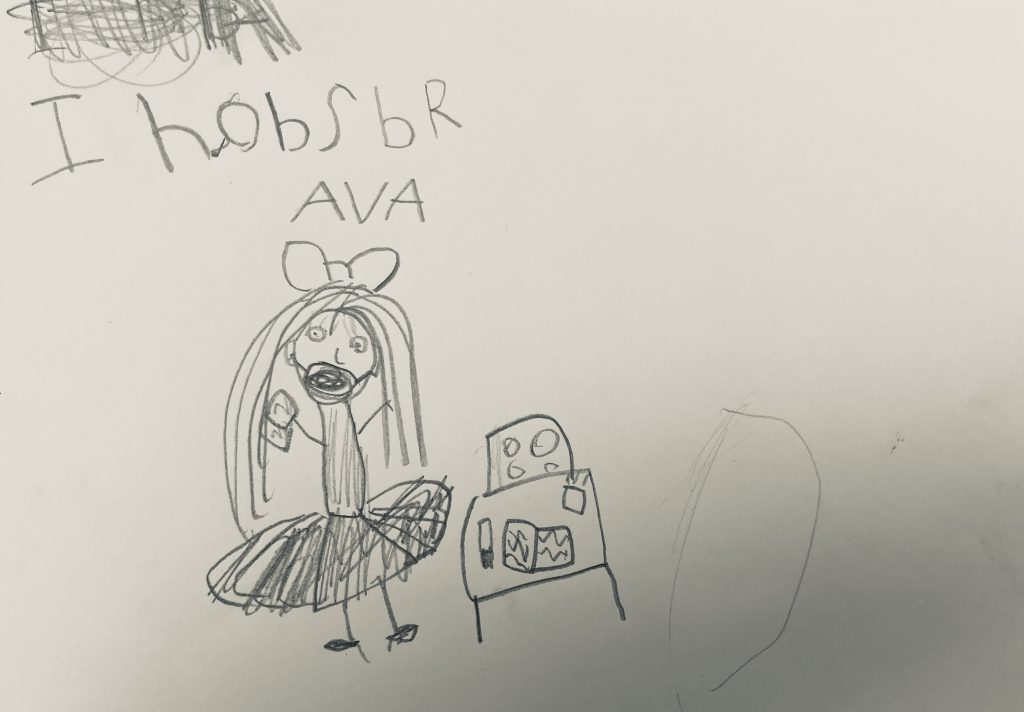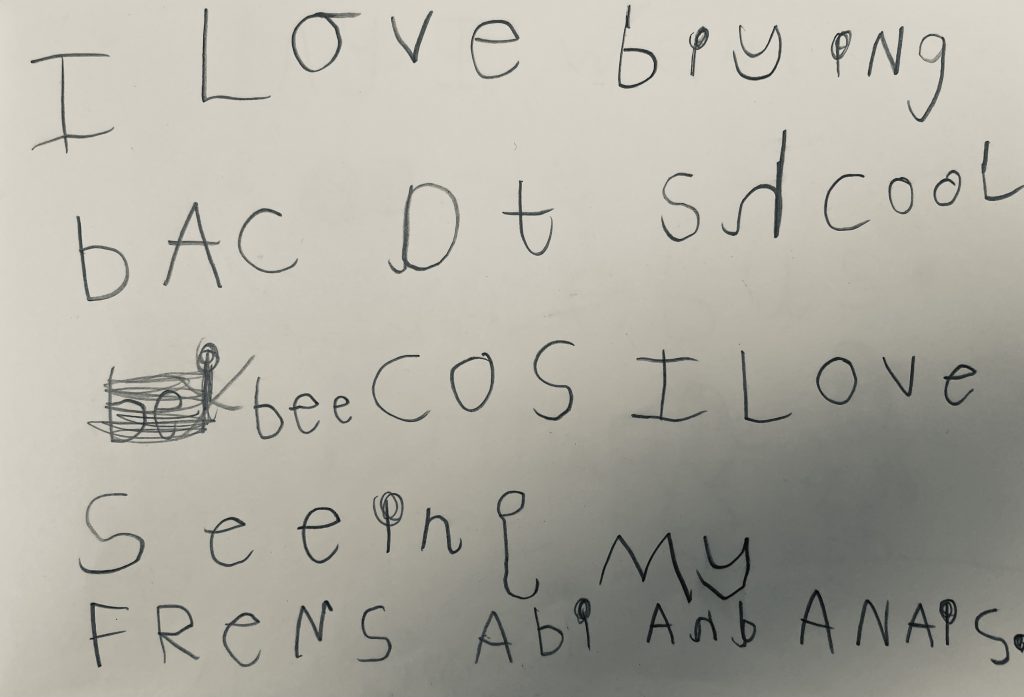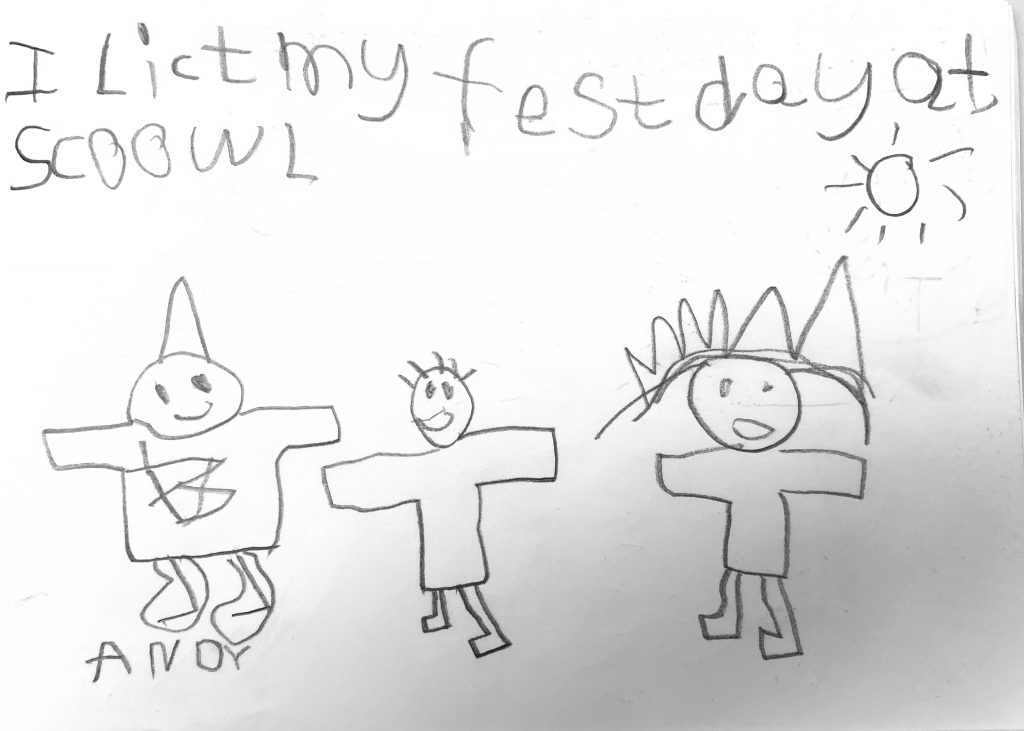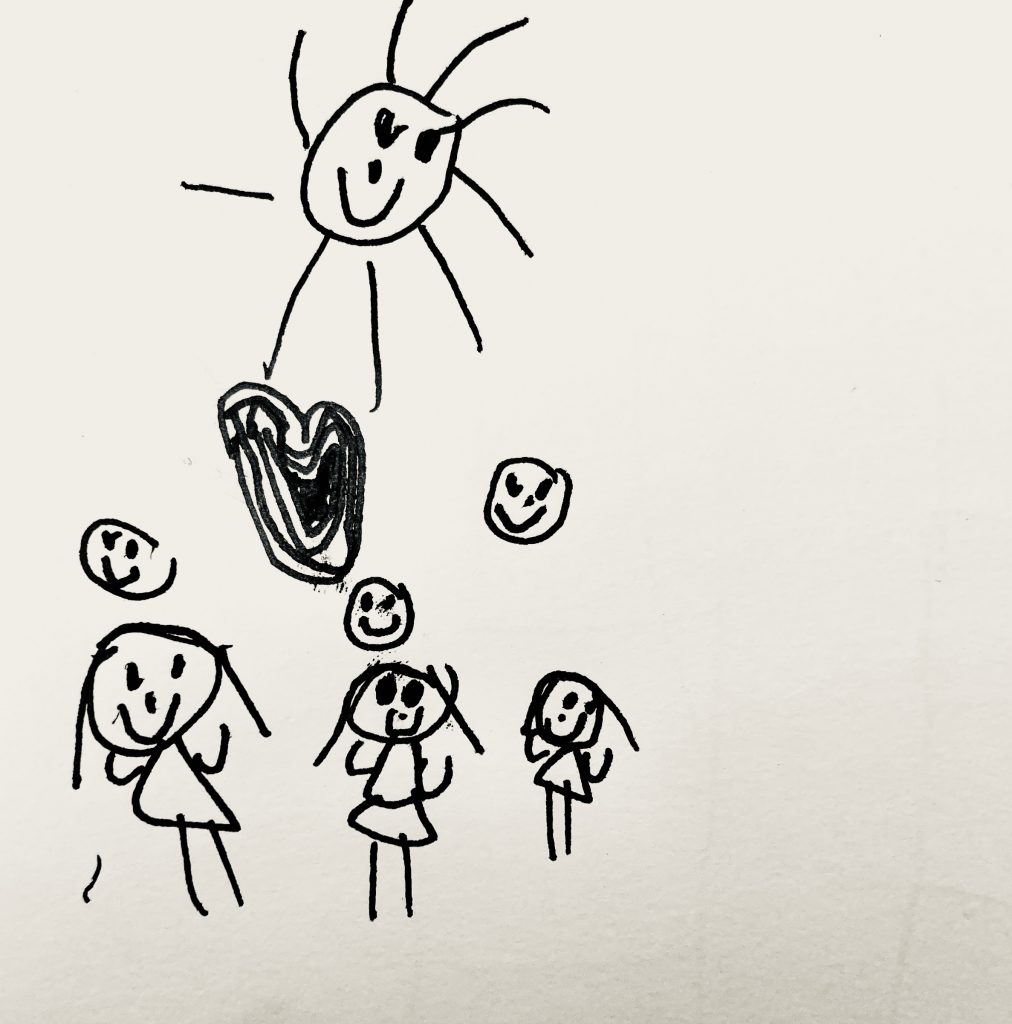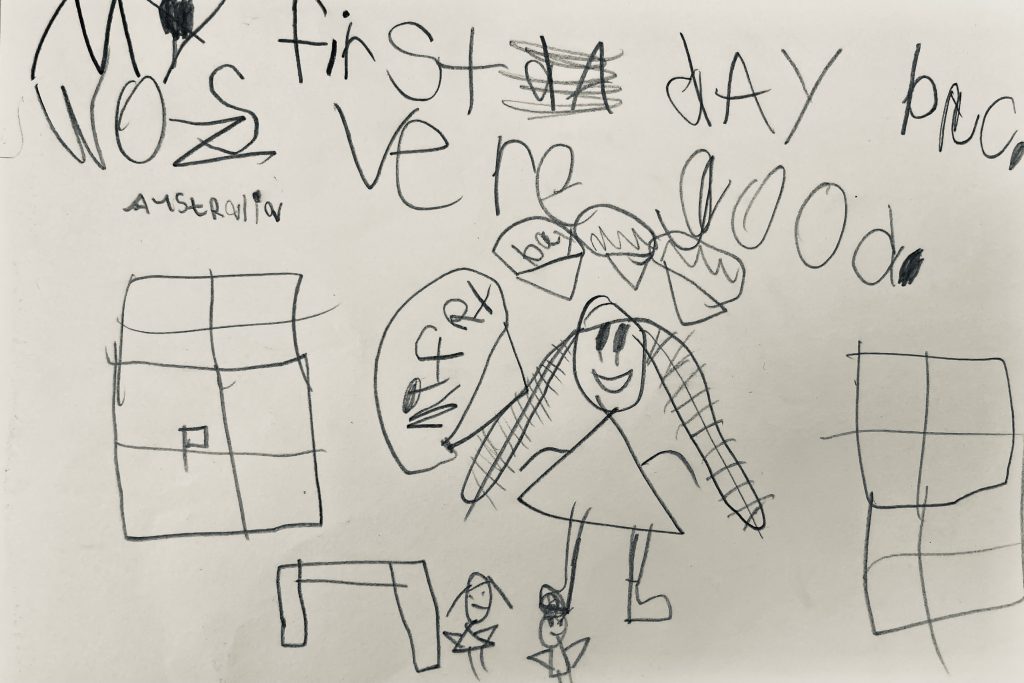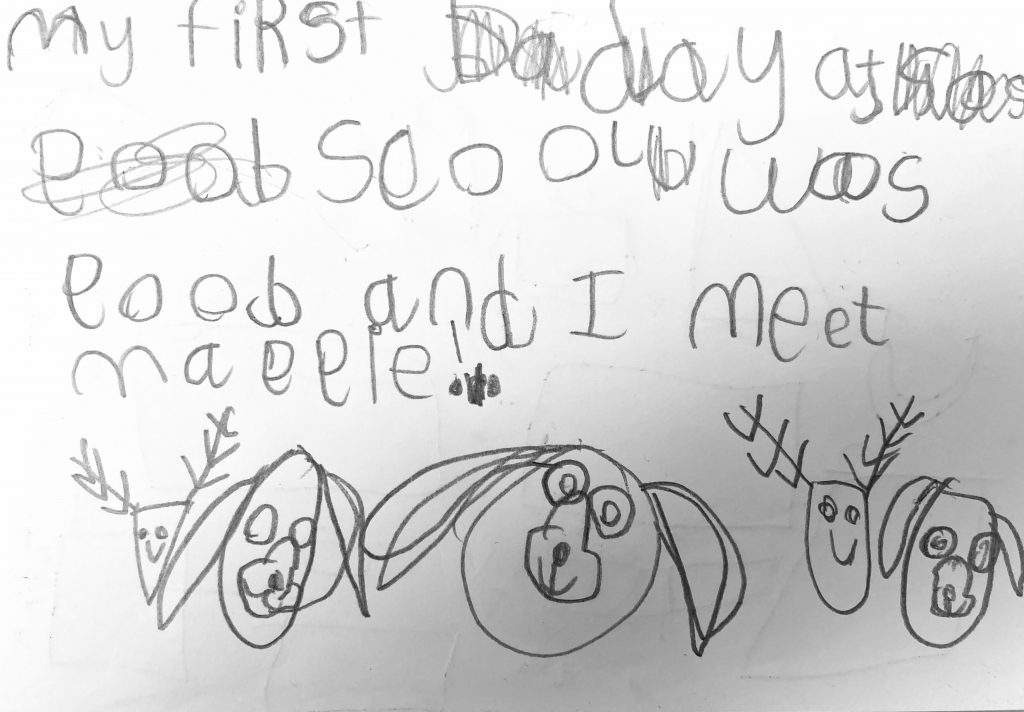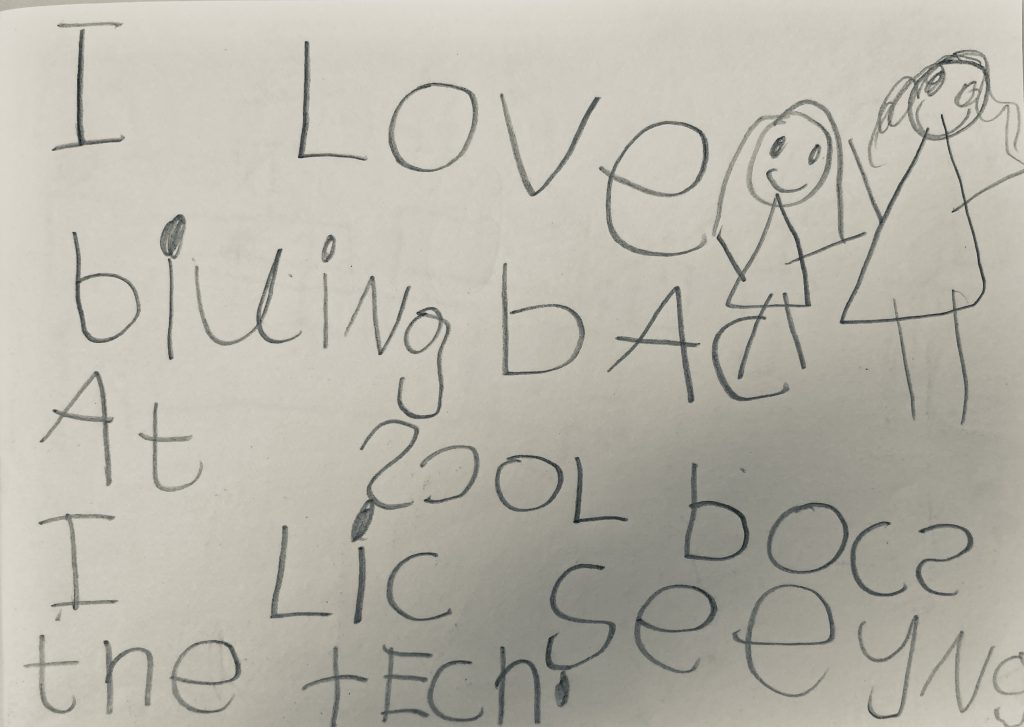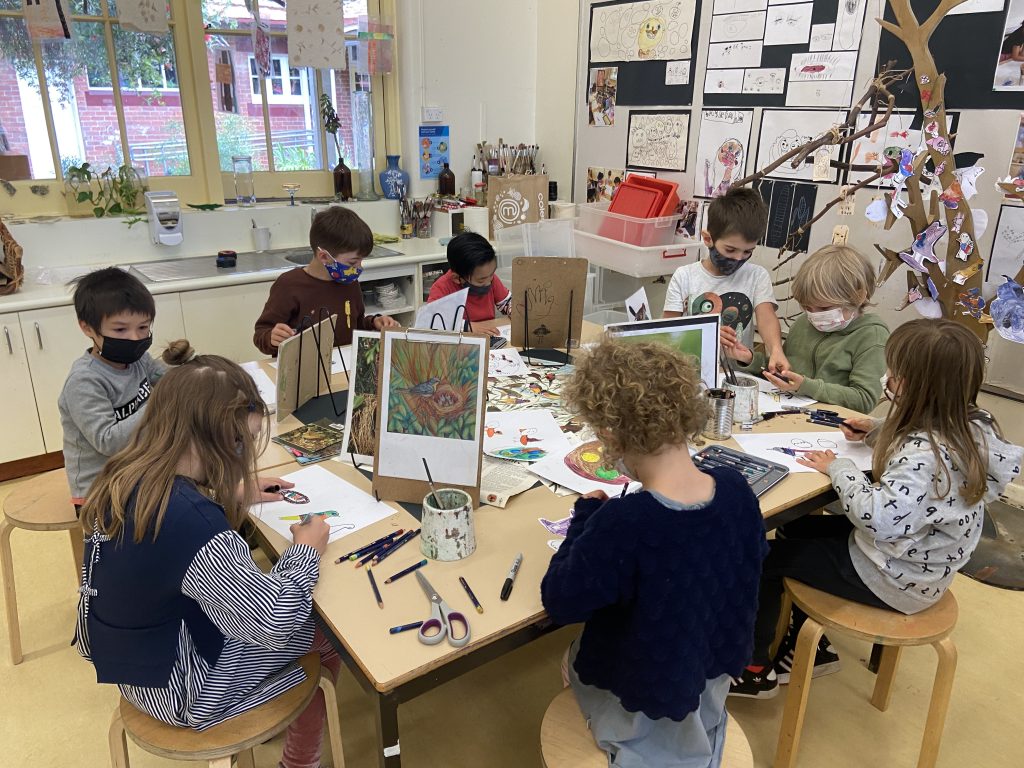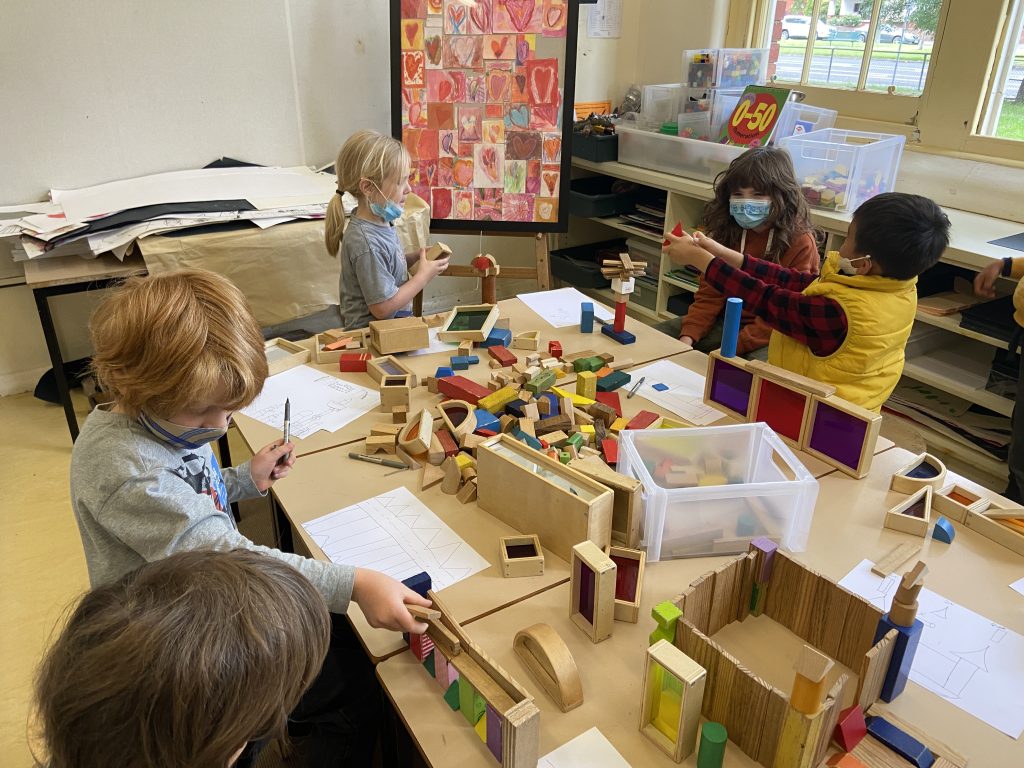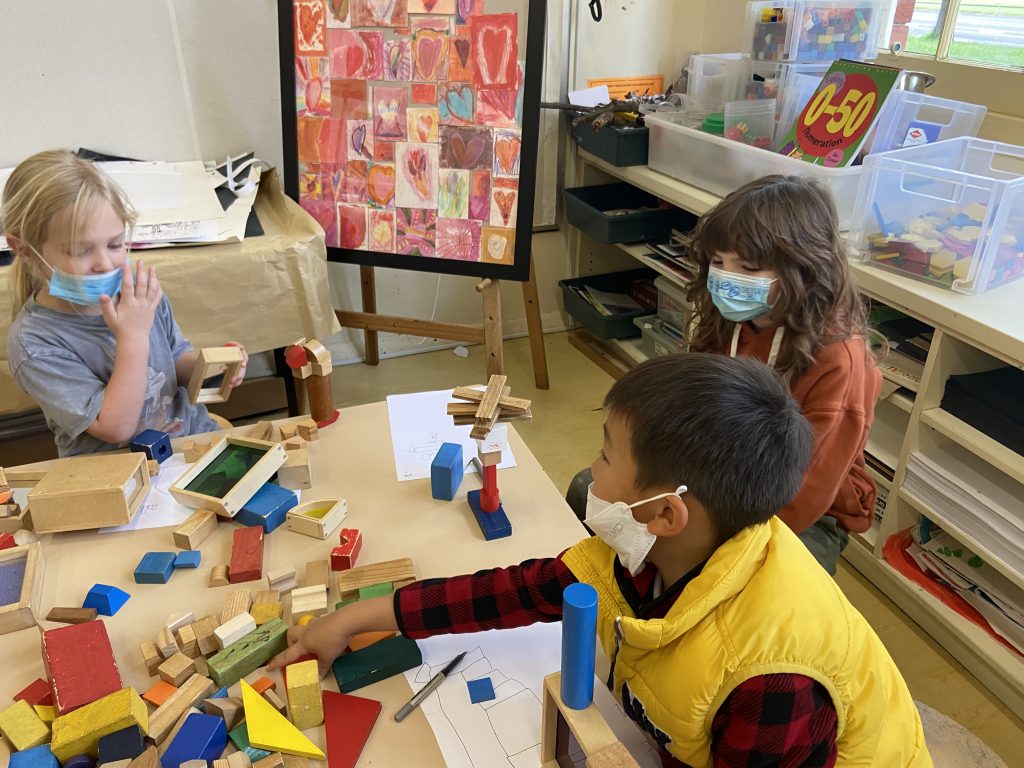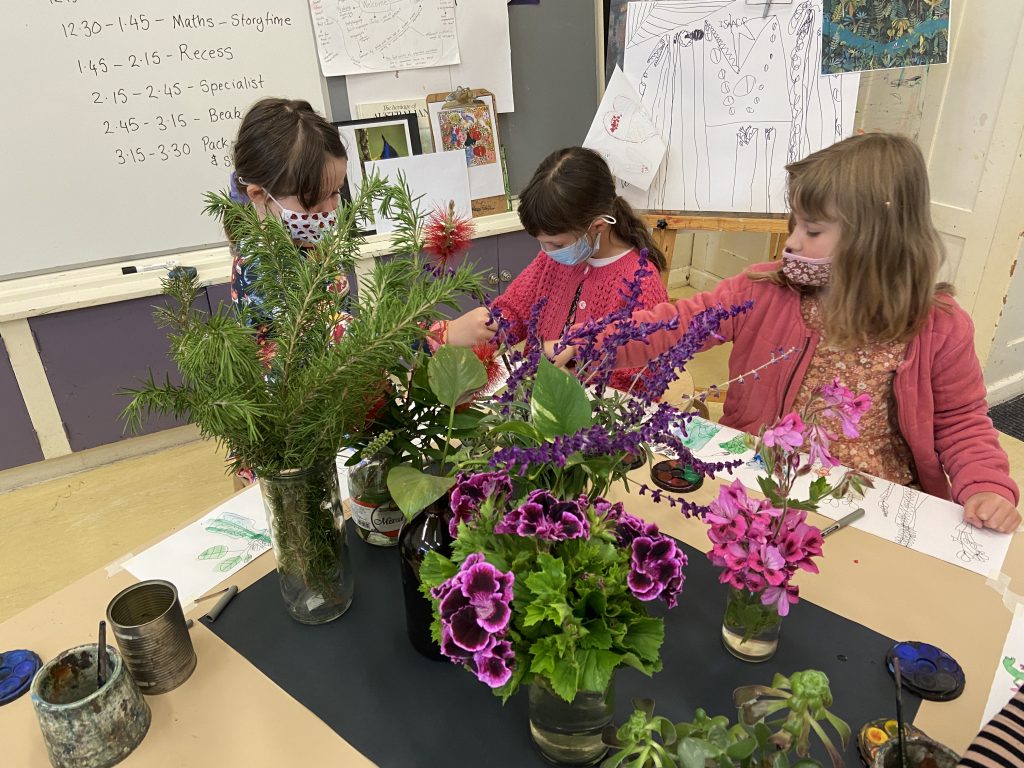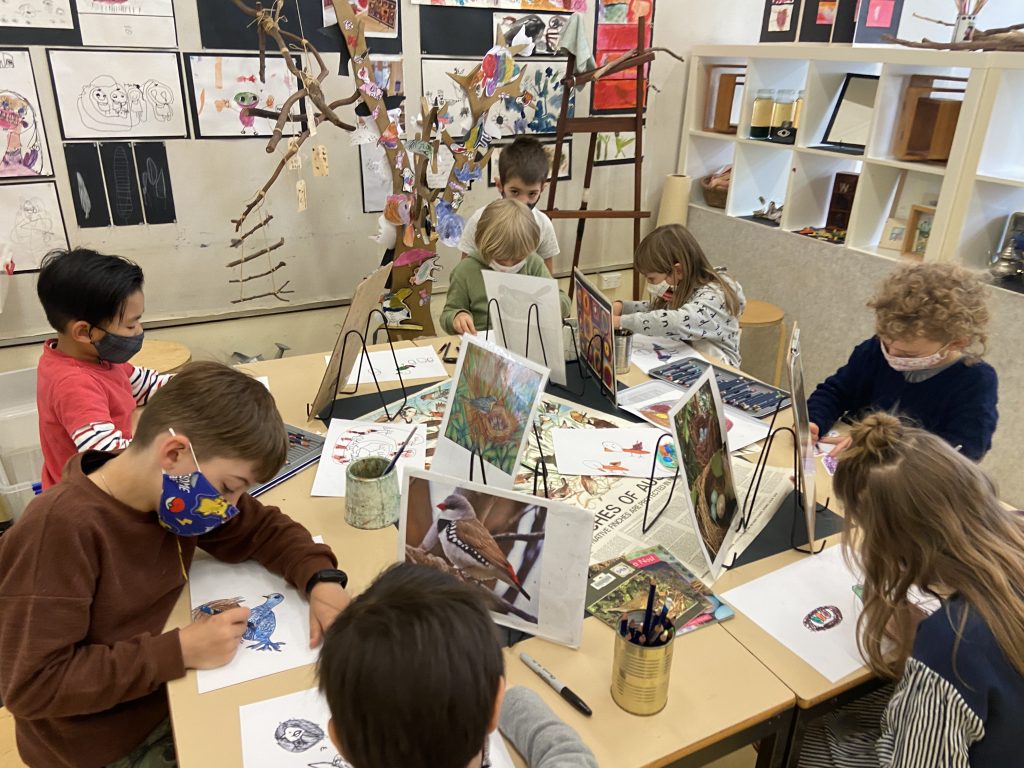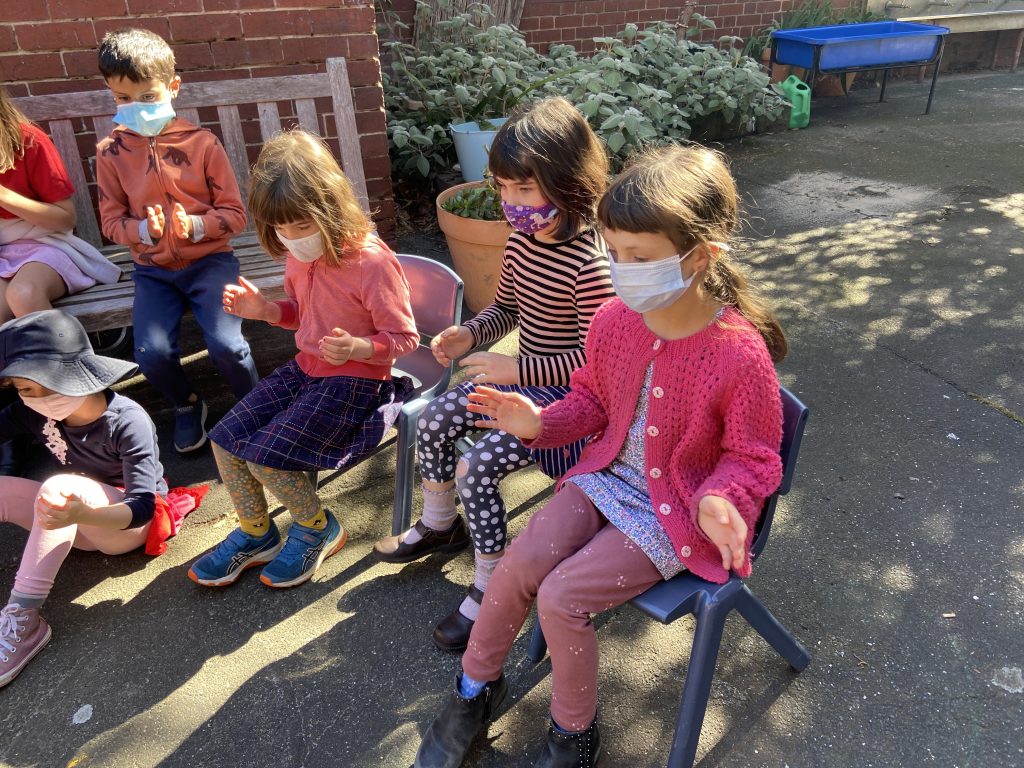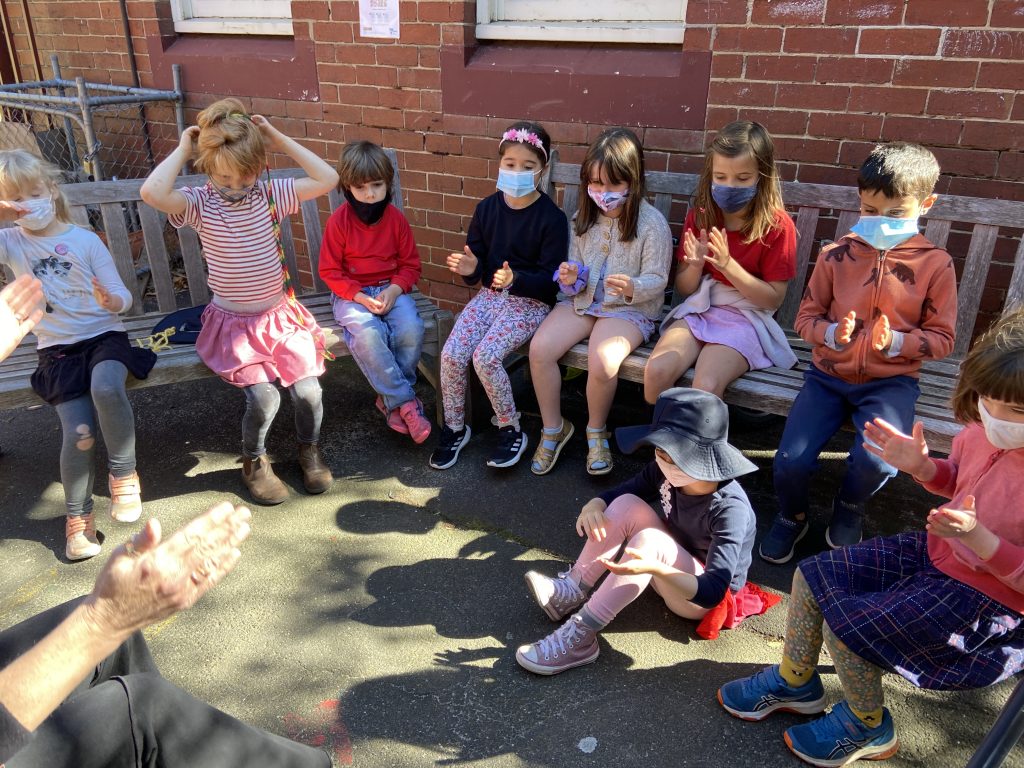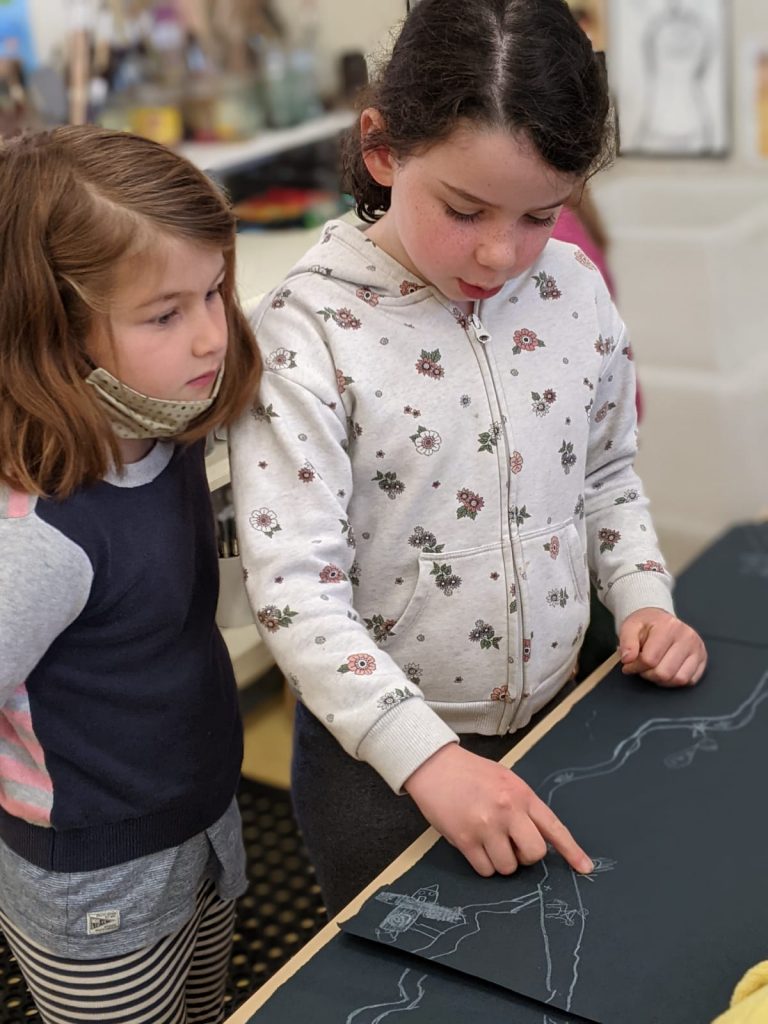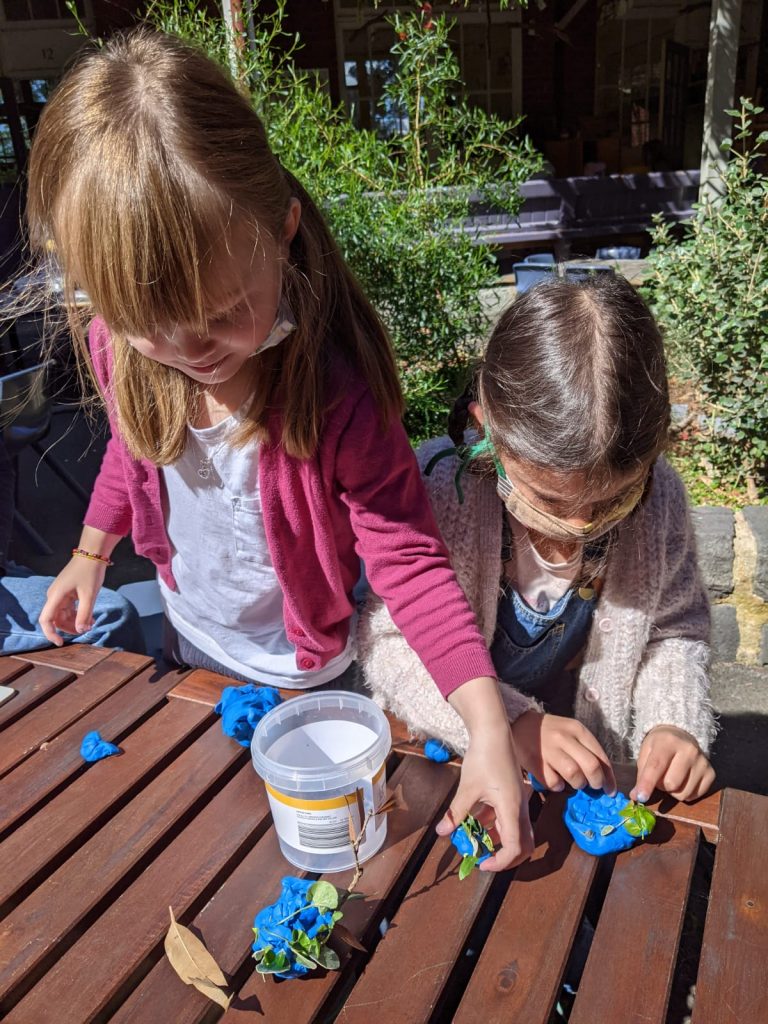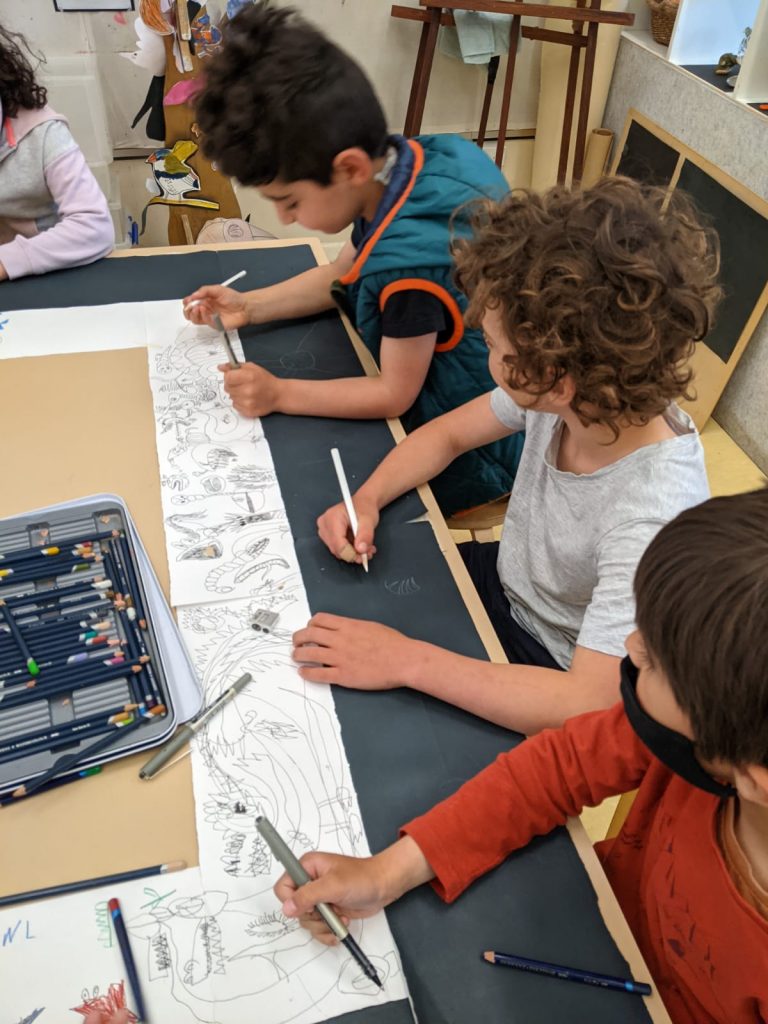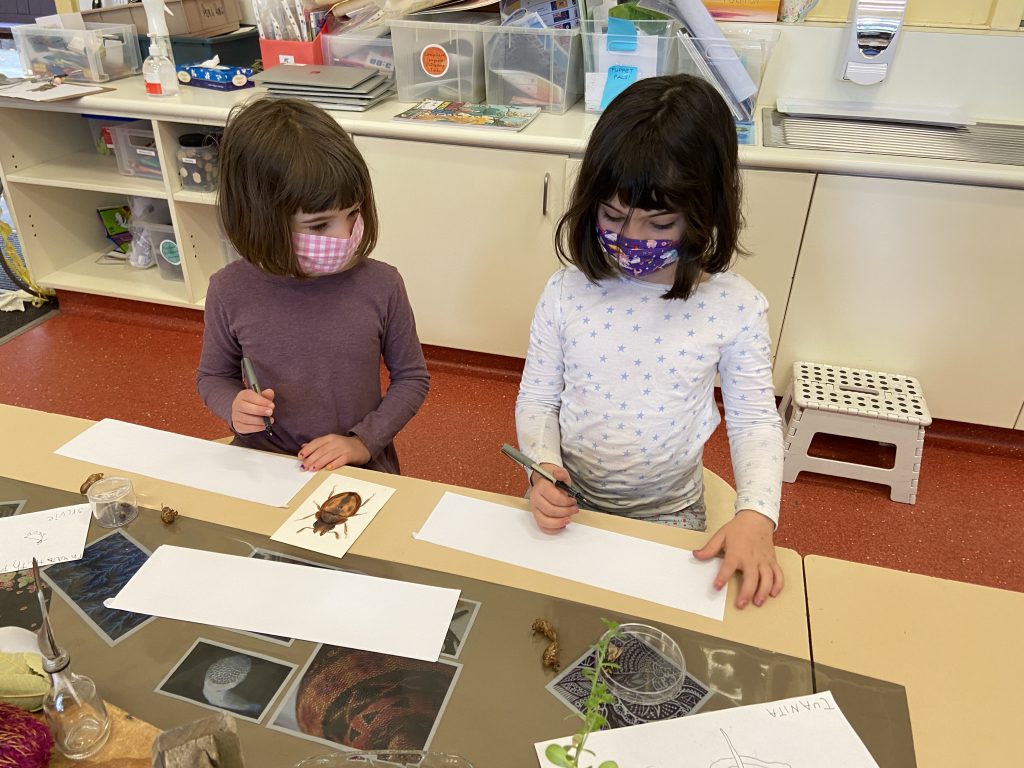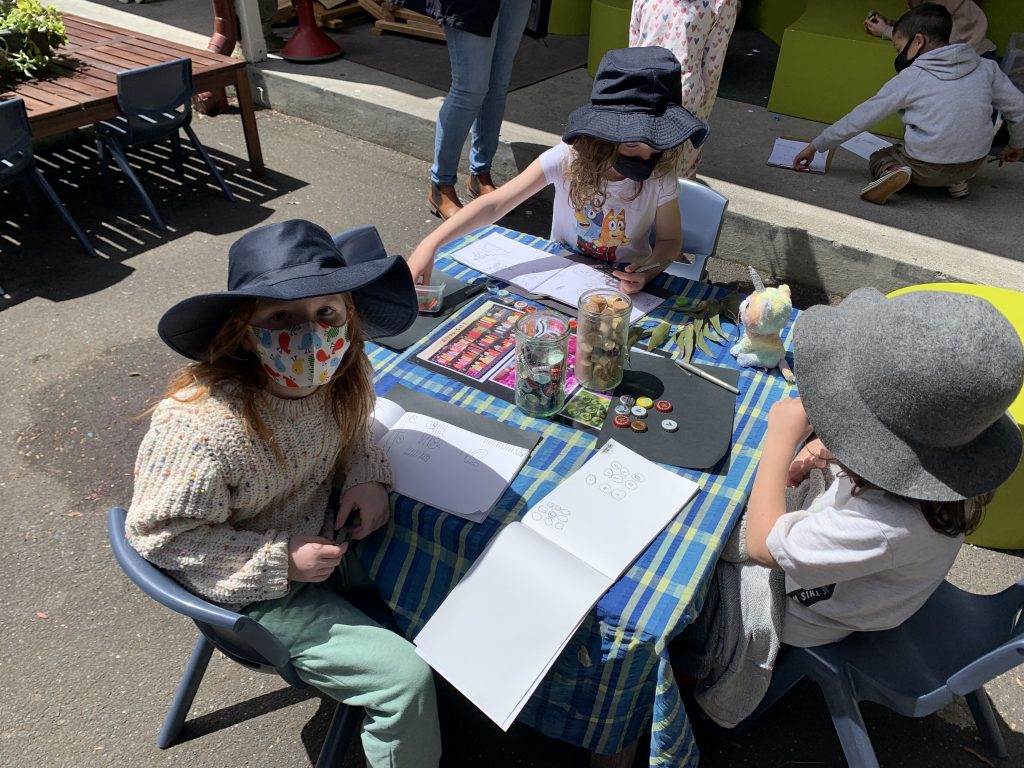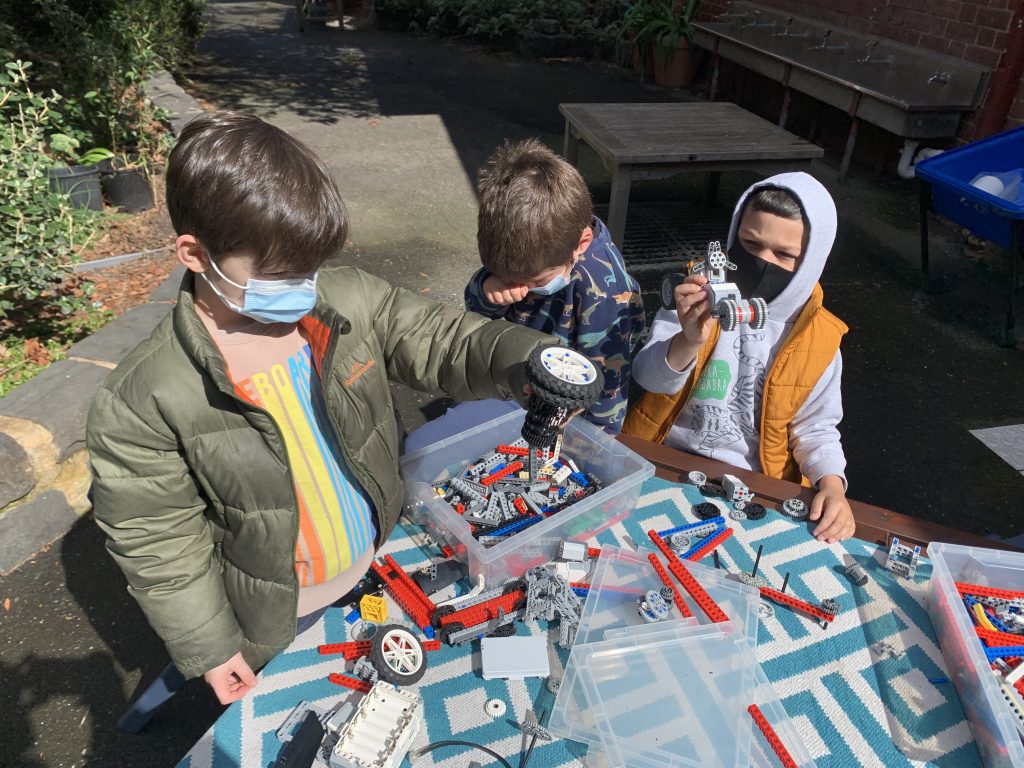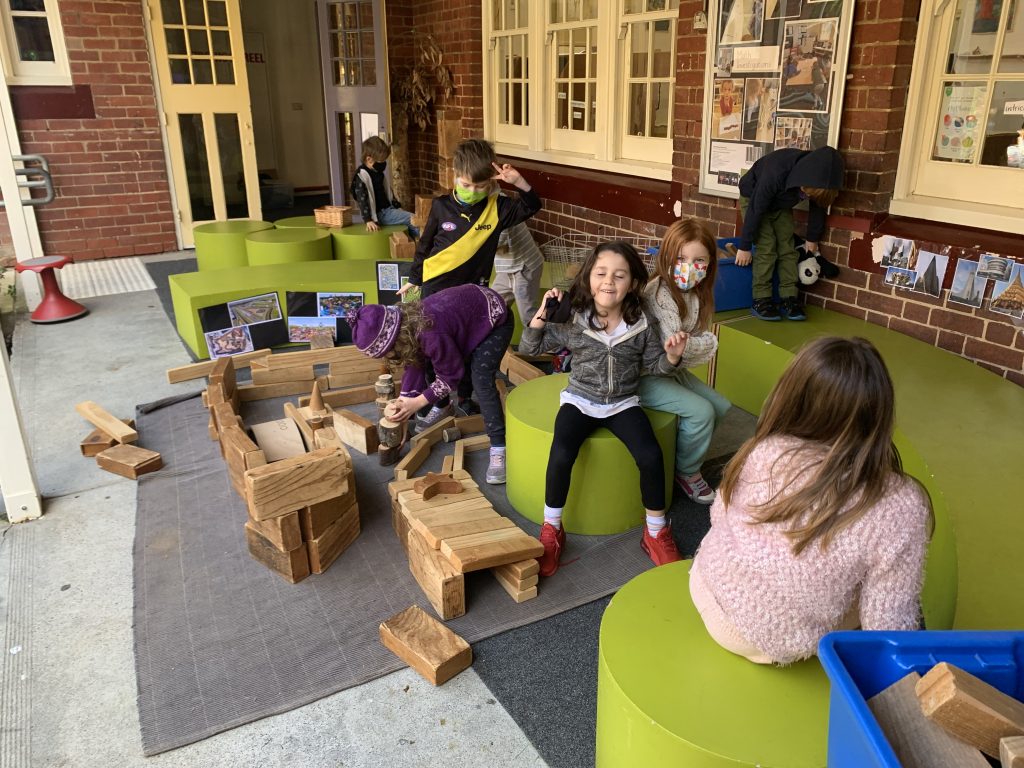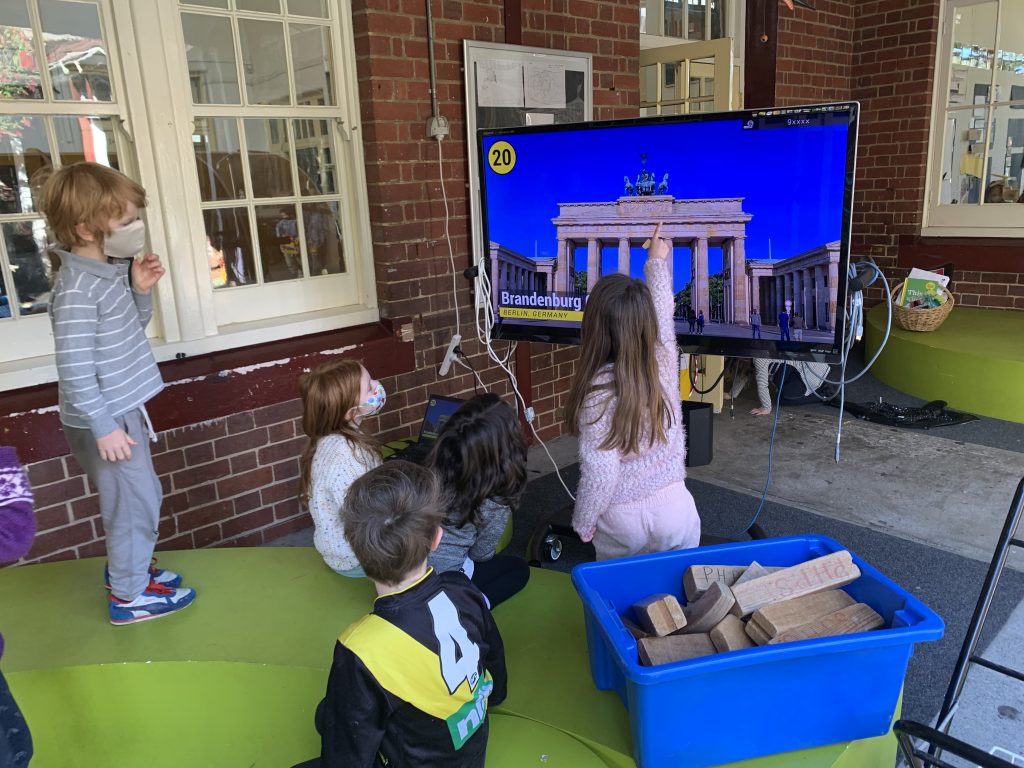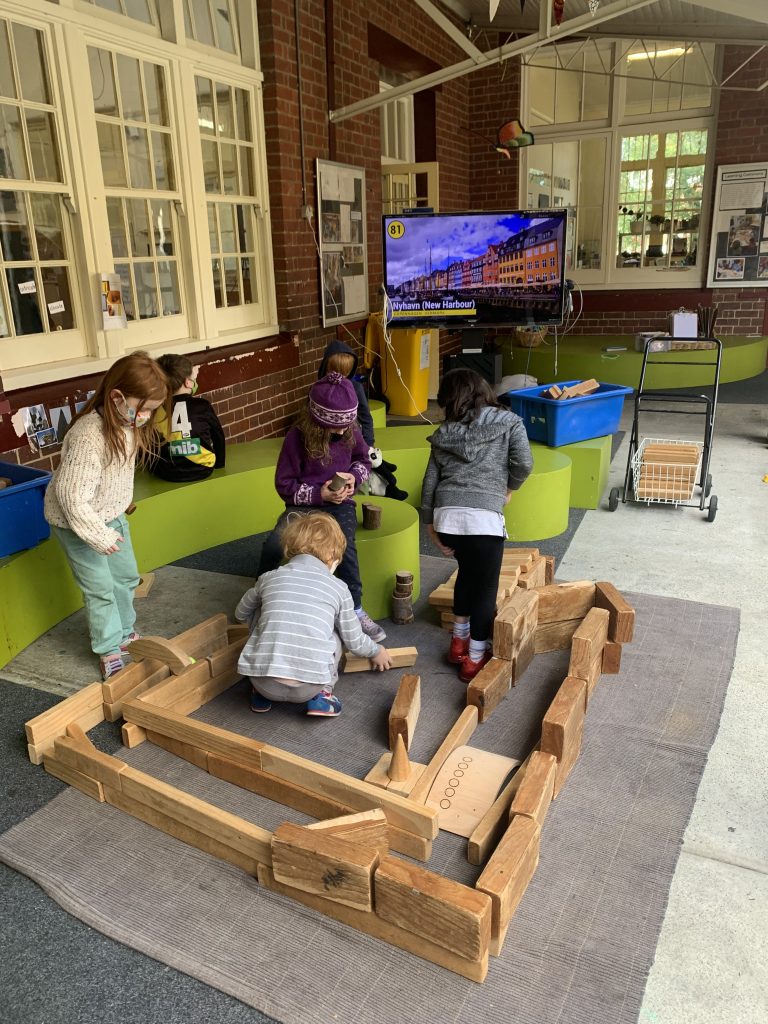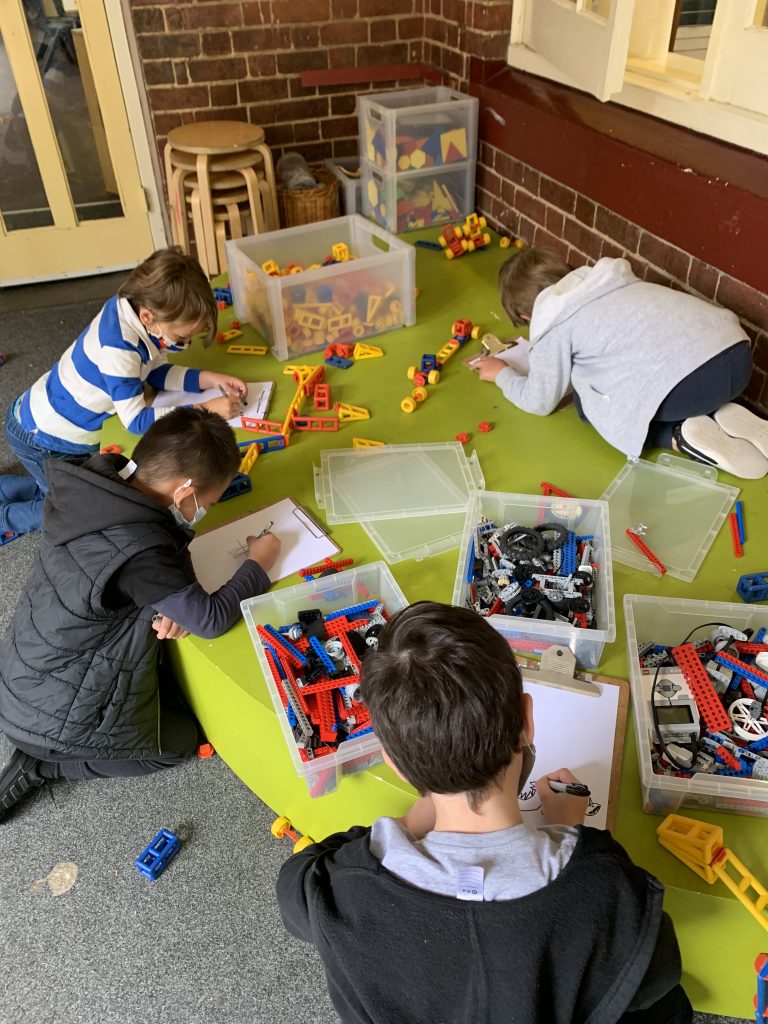Staying Connected and Coming Together
Our collective efforts to stay connected through lockdown and remote learning have been paid forward over the last 2 weeks. Children appeared grounded in their social connections, providing an air of confidence as they smoothly and joyfully rekindled friendships and settled into neighbourhood routines. We, as educators, could feel the sense of community and belonging to it had sprung from within the children.
It is insightful to discuss, analyse and evaluate which efforts most impacted a continuing sense of belonging to a community. We most commonly find that it is a blend of many experiences and people promoting similar messages that nurture such phenomena. Below, we reflectively discuss some of these efforts, aiming to highlight and ascertain the connections between them, and their effect on our return to school.
Sharing through the blog and Webex
Through our time online, inquiry questions during Morning Meetings, the Seesaw blog and reflective afternoon gatherings encouraged children to share their thinking and evidence of learning. Often, we observed language and ideas that were offered during a discussion on Webex, picked up and used by another child as they responded to a provocation. Parents and carers involvement in this process was integral as they provoked, questioned and modelled the art of explaining, clarifying, and describing new and challenging concepts.
The Seesaw blog provided a platform to gift back artefacts of children’s thinking to the whole Prep neighbourhood. We posted learning to the Seesaw blog that captured insights into new thinking and had the potential to provoke new thinking for others. Essentially, the Seesaw blog became our documentation board, adopting its well-established role in the cycle of collective inquiry. Increasingly, we saw children interacting with the Seesaw blog, encouraging each other and showing interest in what their peers were doing.
Group Activities and Games
Group activities and games have a time-honoured, yet sometimes neglected place within schools. Group activities and games are pivotal in creating common ground, shared experiences and establishing routines. They also add a touch of humour, which does no harm and helps to create memories. Remote learning necessitated a context where we needed to think differently about how to facilitate these experiences; in ways that promote connection. For example, we considered dynamics such as whether to share our screen or not, which view to use on Webex, and whether children should take turns for an activity or all give things a go together. Group activities and games came to the fore most profoundly during Wellbeing Week at the end of Term 3, as children eagerly learnt new activities and games. Additionally, their influence on the community was observable as brothers, sisters, mums, dads, pets and all readied themselves at 2 pm on Friday afternoons for dance, movement challenges and parties.
From Hangman to Greedy Pigs, Mad-Libs to Doggy-Doggy Who’s Got the Bone, back on site we, as a community, have a shared bank of familiar and eagerly anticipated games and activities that provoke a sense of togetherness.
Friends
‘I want to play with my friends.’
It is clear that being with friends plays a critical role in provoking excitement about children’s return to school. But, we believe, this does not occur unless joyful experiences are shared, ideas connected and smiles expressed and received.
Being Prepared & Wellbeing Conversations
We would like to extend a sincere and heartfelt thank you to every Prep community member who took the time to support a Prep child’s preparedness for the return to school. This includes a question being answered, a question being asked, an email written, an email responded to, organisation of a school bag and lunch, resources purchased, words clarified, Compass communication or article read, book read aloud, mindful experience facilitated and everything in between. It is clear to us that families made time to have conversations with their children and provided opportunities for them to ask questions. This led to children returning to school equipped with strategies to work through nerves and worries, things to be excited about, and, ultimately, in a grounded manner. Furthermore, children seem to finish our sentences when we discuss matters of safety, which shows that the conversations you had at home are consistent with our school communications and values. Your support and influence on the success of our return to school is unmeasurable.

